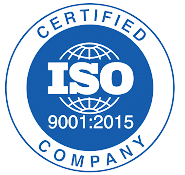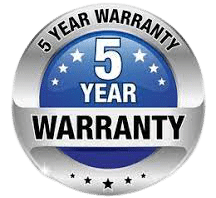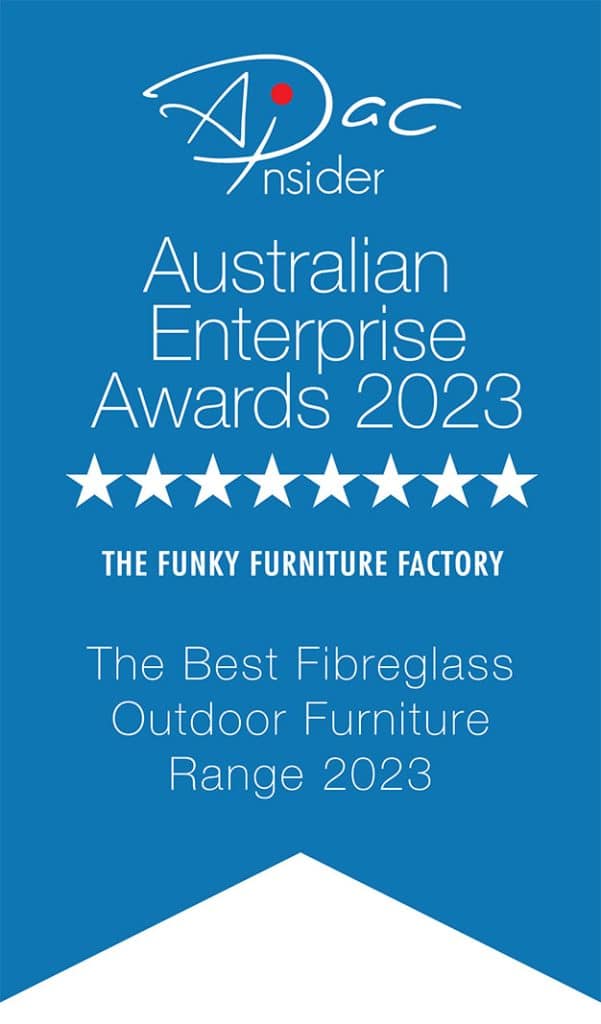
When beginning a fibreglass project, it is critical to first think about your specific performance goals. Taking the time to consider essential traits that the composite must have — like weight and strength requirements, desired abrasion resistance, whether you need protection from corrosion or UV exposure, and if adding thickness quickly is necessary — can help you select proper reinforcements and resins for constructing a reliable laminate. Fibreglass cloth, mat, carbon fibre, and aramid are all viable reinforcement materials that serve different purposes. The resin binds the structure together while helping it hold its shape; popular variants include polyester, vinyl ester, and epoxy. Choosing wisely among them can make a lasting impact on your project.
Fibreglass Reinforcements
When selecting the right fibreglass reinforcement, there are several factors to consider. Its intended use – i.e., what properties it needs to have – must be taken into account. It is also essential to know where you plan on applying the reinforcement and what resin you will be using with it. The cost is also an important factor in determining the most suitable choice for your needs. The combination of these elements will help you decide which one is best for your project.
Fibreglass cloth, also known as fibreglass fabric, is an incredibly versatile material and a staple of many composite projects. It is low in weight and applied in layers, combining with resin to become far stronger than the sum of its parts. One of the key advantages it offers is its low weight, particularly when used for waterproofing. However, it also can be used to build up thickness quickly when heavier fabrics are employed and allows for strong structures to be created. Furthermore, when the resin is added it becomes transparent which can lend itself well to certain applications, giving them a unique aesthetic quality.
The most commonly used fabrics in the weaving industry are 6.7.5-ounce and 10-ounce plain weave fabrics due to their uniform strength, both horizontally and vertically. The plain weave pattern consists of alternating warp and fill yarns that are interlaced over and under one another, making unraveling minimal when it is cut. These fabrics can be purchased by the yard in widths of 38″, 50″, and 60″. For tape, fibreglass is a popular choice as it comes in rolls of 1″ to 12″ widths with a length of 50 yards each. It has selvage edges so that it does not become unraveled, but also does not have any adhesive content – this means that resin has to be utilized for texture purposes.
Chopped Strand Mat
Chopped strand mat is an invaluable material when building a variety of products that require tough, reliable structure and strength. It is made up of small strands of fibreglass suspended in a resin binder – the binder must have styrene to dissolve, making this product incompatible with epoxy resin. Fortunately, polyester and vinyl ester resins contain enough styrene to properly dissolve the binder, leaving the fibers flexible enough to be molded around tight curves and corners. This makes chopped strand mat an ideal choice for producing strong yet pliable components for many applications.
A chopped strand mat is one of the most economical options for fibreglass. It is widely used when it comes to mold construction or projects that need thickness without a lot of strength. If need be, a combination of fabrics can be used to fill in a strong material, like woven cloth. In addition to this, it acts as the first layer before gelcoat and is suitable for hiding fabric’s print through the resin when it comes to heavier fabrics. Working with mat is relatively easy thanks to its ability to tear instead of cut. Thus, utilizing chopped strand mats allows for quick construction at minimum cost while achieving satisfactory strength and coverage.
Carbon Fibre
Carbon fibre is highly sought after for its lightweight and strong properties, in addition to the great cosmetics that it can produce. It is widely used throughout the automobile, sporting goods, and aerospace industries as a construction material. The origin of carbon fibre’s strength lies in its weave – millions of microscopic filaments per yard of fabric bundled together to create specialized thicknesses with variable load capacity. For instance, a bundle of 3K fibres has 3000 filaments intertwined within it, while each one carries a portion of the overall load when woven into a strong fabric. Carbon fibre continues to be an invaluable asset for manufacturing due to its versatility and impressive capabilities.
Some cars now feature carbon fibre hoods and dashboards, adding to the aesthetic appeal without necessarily increasing durability. Carbon fibre comes in several different varieties, specializing in an array of weaves from 3k to 12k. Although it is a desirable material for the show, Kevlar is often seen as a practical option when considering projects that require above-average impact, heat or abrasion resistance. Kevlar’s tensile strength works well in bullet-proof vests and motorcycle racing overalls as well as long-lasting kayaks and canoes. However do note that cutting and shaping Kevlar can prove problematic, requiring special scissors over regular ones.
Woven Roving
Woven roving is a heavy, course weave cloth available in 18 and 24-oz weights. This fabric has the distinct advantage of building up a great deal of thickness quickly, thus providing exceptional strength. Unfortunately, it can also create crimp points that may be prone to fracture—which isn’t ideal when constructing large flat areas such as those found on boats. Additionally, woven roving is not suitable for curvilinear constructions as it won’t conform to curves or bends. For this reason, it is often used with chopped strand mats; however, keep in mind these two materials are not compatible when using epoxy resin.
Knitted Fabric
Knitted fabrics are highly beneficial in boat building and composite industries due to their fast wetting properties, directional strength, and the time saved in multi-layer layups. Not only do they save time but knitted fabrics also lack the crimping associated with woven fabrics as they are stitched rather than woven. DBM 1708 is the most commonly used knitted fabric which consists of a 17-ounce +/45 bias degree fabric combined with a 3/4-ounce mat stitched to it. Furthermore, it is compatible with polyester, vinyl ester, and epoxy resin even though it has the mat element stitched to it as this does not contain styrene binder – which is usually found in conventional chopped strand mats.
Resins
Choosing the right resin for a laminate is just as important as selecting a compatible reinforcement. All variables should be considered, including application, desired properties, the purpose of use, cost, type of reinforcement, and any protective features desired. Additionally, one must specify which type of resin was originally used when seeking to complete a repair. To ensure that all needs have been met beforehand, it is wise to make a list of pertinent considerations before researching the various resins available on the market.
Polyester Resin
Polyester resin is always the preferred choice when it comes to many different applications. Not only is it the most commonly used type of resin, but its quick cure time, affordability, and dimensional stability make it an easy choice for a wide variety of projects. Polyester resin is often used in boat building/repairing, car bodies, outdoor ponds, and bathroom fixtures. If you plan on adding a gel coat finish to your project, this is also the best option as the epoxy resin will not adhere properly. There are several grades of polyester resins available, but ortho general-purpose laminating resin is usually the most popular choice among professionals.
Ortho General Purpose Laminating Resin
Ortho general-purpose laminating resin is a reliable choice for many fiberglass projects. Its surface tack holds reinforcement in place, bonding multiple layers together without the need for tedious sanding between each layer. Finishing resin can be used on the final layer to achieve an even harder, tack-free finish; its wax rises to the top and seals off the air, creating a smooth and long-lasting surface that won’t break down over time. Whether you’re embarking on a DIY or commercial endeavor, this combination of resins can provide excellent results.




